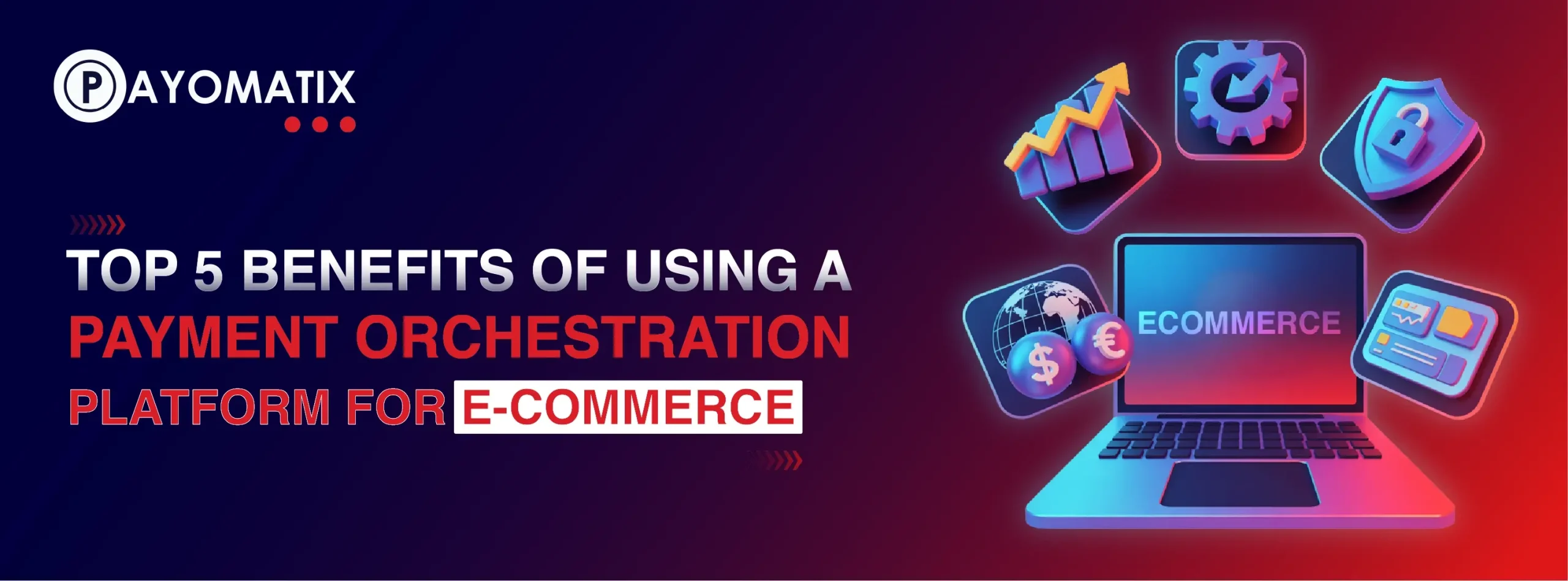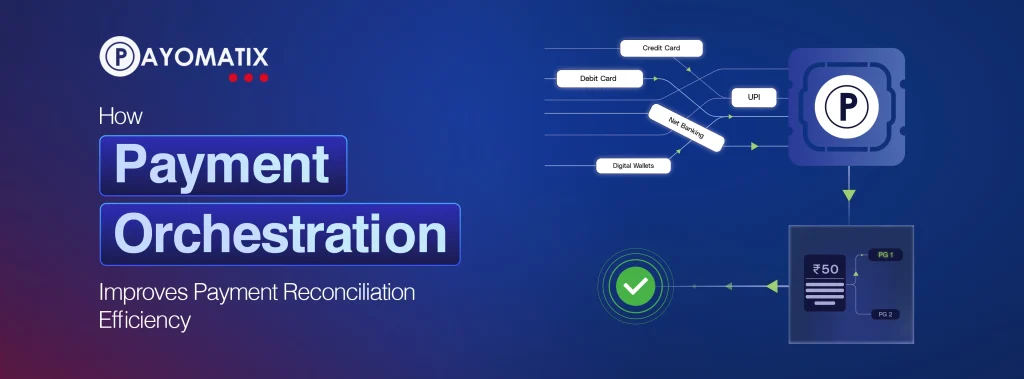The e-commerce landscape in 2025 demands more than just a functional payment page—it requires intelligence, flexibility, and a seamless user experience. As consumer expectations evolve and international markets open up, businesses must adapt their ecommerce payment systems to stay competitive.
A Payment Orchestration Platform (POP) brings exactly that—centralized control, smart routing, and unified integration that transforms how e-commerce brands handle payments. Whether you’re selling in one country or scaling across five continents, a POP enables growth, efficiency, and peace of mind.
Here are the top five benefits of using a payment orchestration platform for your e-commerce business:
1. Streamlined Payment Integration Services
Managing multiple payment providers, APIs, and checkout flows can be resource-intensive. A payment orchestration platform consolidates this by offering a single point of integration to access:
- Multiple payment gateways
- Local and global APMs (Alternative Payment Methods)
- Real-time bank transfers, wallets, BNPL options
- Fraud detection and compliance tools
With unified payment integration services, businesses reduce tech overhead and launch faster—while maintaining a consistent user experience.
2. Higher Transaction Success Rates
A major pain point for e-commerce brands is failed payments due to gateway errors or regional mismatches. Payment orchestration platforms solve this through:
- Smart routing: directing transactions to the most successful gateways
- Auto failover: instantly switching to a backup gateway in case of failure
- Geo-optimization: presenting localized methods to users based on their location
The result? Fewer declines, smoother checkouts, and higher revenue.
3. Faster Global Expansion
Cross-border commerce requires localized ecommerce payment systems that adapt to local preferences and regulations. A payment orchestration platform simplifies this by enabling:
- Multi-currency support and conversion
- Access to 150+ payment methods globally
- Built-in compliance with regional frameworks like PSD2, GDPR, and RBI norms
Businesses can test and enter new markets without rebuilding their entire payments infrastructure.
4. Centralized Analytics and Reporting
Without a POP, data is often fragmented across multiple providers and tools. Orchestration platforms offer consolidated dashboards that give you:
- Real-time visibility into transactions, failures, and performance
- Gateway comparison metrics
- Customer behavior insights at the checkout level
- Easier reconciliation and financial forecasting
This empowers better decisions, faster iterations, and smarter growth.
5. Reduced Operational Costs
By eliminating redundant integrations, reducing failure-related chargebacks, and automating currency and settlement processes, a POP helps cut costs over time. You also reduce:
- Internal development cycles
- Third-party dependency on integration and maintenance
- Manual oversight of payment workflows
In short, you grow leaner while becoming more capable.
Final Thoughts
In today’s digital-first economy, e-commerce businesses can’t afford inefficiencies in their payment workflows. A payment orchestration platform brings together all the moving parts of ecommerce payment systems into a single, manageable, and scalable solution.
Whether you’re improving customer experience, preparing for global expansion, or simplifying your payment integration services, orchestration is no longer optional—it’s essential.
Payomatix Cashier delivers a complete orchestration infrastructure built for e-commerce brands ready to optimize and scale. With support for 150+ global payment methods, smart routing, hyper checkout, and a freemium model to get started, Payomatix is built for businesses that are ready to grow smarter.
Start with 45 days of free access. Experience the orchestration advantage.
FAQs
Q1: What is a Payment Orchestration Platform for e-commerce?
Ans: It’s a system that connects multiple payment providers and methods under one platform, optimizing and managing all transactions centrally.
Q2: How does it improve e-commerce checkout success rates?
Ans: By using smart routing and real-time failover to reduce declines and ensure smooth, successful payments.
Q3: Can it help with global expansion?
Ans: Yes. It supports multi-currency, local APMs, and region-specific compliance, making it easier to sell in new markets.
Q4: What are the cost benefits for e-commerce businesses?
Ans: It reduces integration costs, operational overhead, and chargebacks—while improving revenue through better conversion rates.
Q5: Why choose Payomatix for payment integration services?
Ans: Payomatix offers a single API integration, 150+ global payment options, and analytics—ideal for scaling e-commerce operations.





